

Batič, Vipavska Dolina, Slovenia
With an immense respect for nature, viewing themselves more as expert gatherers rather than heavy-handed winemakers, and paying special attention to local varieties and winemaking traditions, the Batič family makes wines that honestly reflect the land and vintage.

At a Glance
1592
http://www.batic.si
Vipavska Dolina
Mediterranean and Alpine
Marl, clay, flysch and sandstone
60-1500m
Narrow valley between the high Trnovo Forest Plateau and the Karst Plateau.
Pinela, Pinot Gris, Rebula, Cabernet Franc, Merlot, Cabernet Sauvignon
19 hectares
Demeter Certified
Natural
http://www.batic.si
Vipavska Dolina
Mediterranean and Alpine
Marl, clay, flysch and sandstone
60-1500m
Narrow valley between the high Trnovo Forest Plateau and the Karst Plateau.
Pinela, Pinot Gris, Rebula, Cabernet Franc, Merlot, Cabernet Sauvignon
19 hectares
Demeter Certified
Natural

Miha Batič
The People
Founded in 1592, Ivan Batič and his son Miha make wine based on over 400 of years of experience. This history supercedes what’s currently fashionable, and Miha was even forbidden from attending oenological school because his father feared it would cloud his brain. Not surprisingly, there is an undeniable faith in the supernatural and a keen sense of their relationship to it. Although they choose techniques like extended maceration at uncontrolled temperatures, indigenous yeast fermentation, and fermenting and aging in local Slovenian oak - nature and the heavens are the ones truly in charge.

Palmira and Ivan Batič
The Appellation
Slovenia is wedged between Italy, Austria, Hungary, and Croatia with a tiny 40km stretch touching the Adriatic Sea in the southwest corner. Slovenia had its fair share of occupation, annexation and cultural influence ranging from the Roman Empire, Austro- Hungarian Empire, Germany, Italy, Croatia, and most recently, Yugoslavia. Slovenia became in independent country 1991.
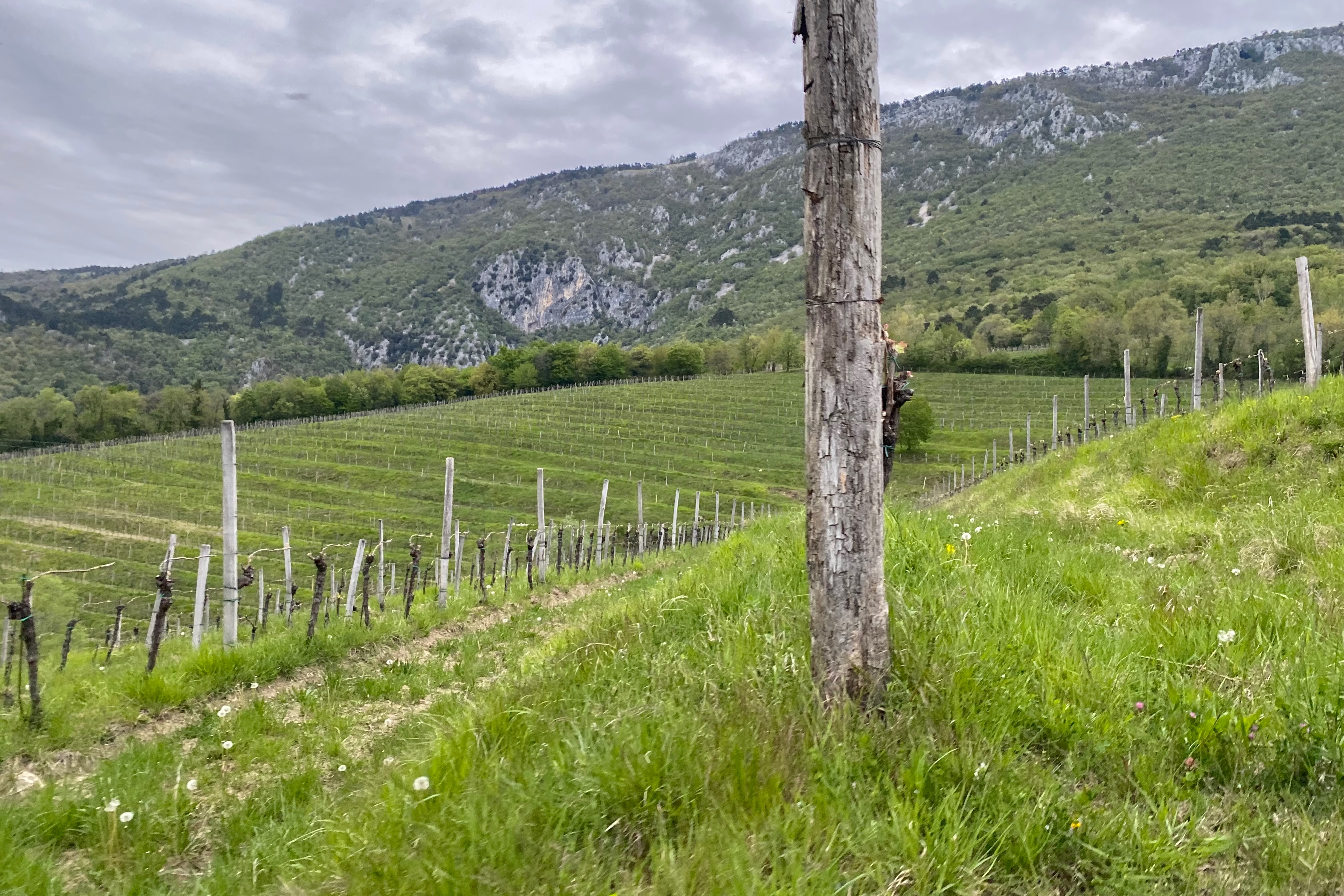
The Vipava Valley
The Vipavska Dolina (Vipava Valley) lies within the Primorje wine growing region of Western Slovenia right along the Italian border. The land enjoys both a Mediterranean and Alpine microclimate coupled with marl, clay, flysch and sandstone rich soil. Warm nurturing air flows in from the Adriatic and over the Friuli-Venezia Giulia plains while cool air rushes down from the Alps helping retain acidity and aromatics. Overall, the region is characterized by powerful mineral driven reds like Refošk, Bordeaux varieties like Cabernet Franc, Merlot and Cabernet Sauvignon (as is also common in neighboring Fruili), and a host of fascinating white varieties like Pinela, Pinot Gris, Zelen, Klarnica, Vitovska and Rebula.

The Vipava Valley
The Vipavska Dolina (Vipava Valley) lies within the Primorje wine growing region of Western Slovenia right along the Italian border. The land enjoys both a Mediterranean and Alpine microclimate coupled with marl, clay, flysch and sandstone rich soil. Warm nurturing air flows in from the Adriatic and over the Friuli-Venezia Giulia plains while cool air rushes down from the Alps helping retain acidity and aromatics. Overall, the region is characterized by powerful mineral driven reds like Refošk, Bordeaux varieties like Cabernet Franc, Merlot and Cabernet Sauvignon (as is also common in neighboring Fruili), and a host of fascinating white varieties like Pinela, Pinot Gris, Zelen, Klarnica, Vitovska and Rebula.
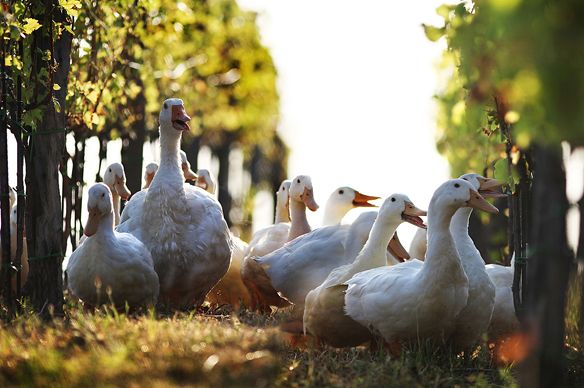

Vineyards
The Batič family owns 19 hectares of vineyards in three villages (Šempas, Vogrsko, and Vitovlje) ranging from 60 meters up to 1495 meters above sea level - all Western facing. Despite this diversity, four dominant things characterize each parcel: vine density, wind, altitude, and soil heat.

The average vine density is roughly 12,0000 vines per hectare which forces roots to dig up to 15 meters straight down in order to reach nutrients and water. In addition to imparting a distinct mineral character, these deep roots also ensure consistent yields both in rainy and dry weather. Grapes are also trained to ripen at an average height of 0.5 meters. They are so close to the ground that ripening is not just the result of direct sun, but in large part due to soil heat. Only the Cabernet Franc is pergola trained because after generations and generations of experimenting, it just works.
Equally important, the Vipavska Dolina has a famed reputation for creating powerful thermal conditions ideal for parachuting due to the convergence of Alpine and Adriatic influences. The valley has been the host to the World as well as the European Parachuting Championships for years.
These thermal conditions (up to 10 meters/second) basically eliminate the presence of rot and a host of other vine diseases. In the higher altitude vineyards (1,300+ feet) no chemicals of any kind have ever been sprayed. In other locations where conditions would otherwise demands chemical application, Batič is instead the first winery in Europe to harness the power of fire and air with PCS (Physics-based Cropping System). Rather than attacking vine disease and pests with pesticides and herbicides, PCS blows air at 150 km/ h and at a temperature of 75 degrees among the vines. Pollination, natural funghi and a resilient canopy result leaving the vines with a strengthened natural immunity. Rather than fighting nature, they are mimicking what they already know nature does best.

The average vine density is roughly 12,0000 vines per hectare which forces roots to dig up to 15 meters straight down in order to reach nutrients and water. In addition to imparting a distinct mineral character, these deep roots also ensure consistent yields both in rainy and dry weather. Grapes are also trained to ripen at an average height of 0.5 meters. They are so close to the ground that ripening is not just the result of direct sun, but in large part due to soil heat. Only the Cabernet Franc is pergola trained because after generations and generations of experimenting, it just works.
Equally important, the Vipavska Dolina has a famed reputation for creating powerful thermal conditions ideal for parachuting due to the convergence of Alpine and Adriatic influences. The valley has been the host to the World as well as the European Parachuting Championships for years.
These thermal conditions (up to 10 meters/second) basically eliminate the presence of rot and a host of other vine diseases. In the higher altitude vineyards (1,300+ feet) no chemicals of any kind have ever been sprayed. In other locations where conditions would otherwise demands chemical application, Batič is instead the first winery in Europe to harness the power of fire and air with PCS (Physics-based Cropping System). Rather than attacking vine disease and pests with pesticides and herbicides, PCS blows air at 150 km/ h and at a temperature of 75 degrees among the vines. Pollination, natural funghi and a resilient canopy result leaving the vines with a strengthened natural immunity. Rather than fighting nature, they are mimicking what they already know nature does best.
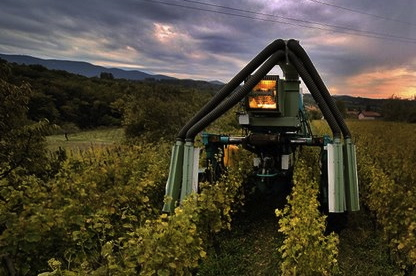
The Physics-based Cropping System (PCS) in the vineyard: 100% healthy
Winemaking
The signature methodology of the Batič estate is knowing when and how to do nothing. Highly selective hand harvesting, extended maceration (particularly native white grape varieties), fermenting in open topped Slovenian wooden vats without temperature control, and only using indigenous yeast are the major means to this end.
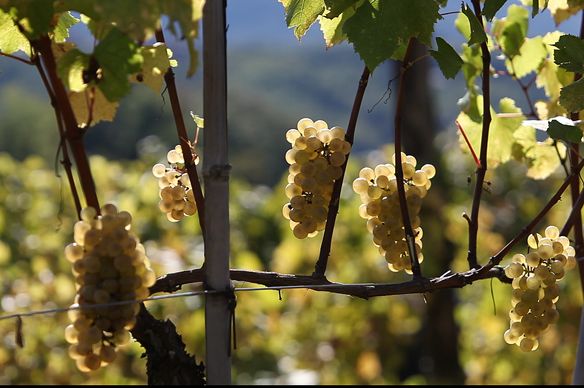
While the rosé is made in stainless steal, all of the other wines see only Slovenian oak from primary through malolactic. All wines are bottled un-fined, often unfiltered, and in some cases bottled without additional sulfur (SO2). Lunar cycles and seasons are strictly observed and determine releases and bottling dates. If it’s too cloudy for example, wines will not be bottled because there is too much interference between the wine and the heavens.

While the rosé is made in stainless steal, all of the other wines see only Slovenian oak from primary through malolactic. All wines are bottled un-fined, often unfiltered, and in some cases bottled without additional sulfur (SO2). Lunar cycles and seasons are strictly observed and determine releases and bottling dates. If it’s too cloudy for example, wines will not be bottled because there is too much interference between the wine and the heavens.

Red Wine , Organic
Merlot; Cabernet Sauvignon; Cabernet Franc;
14.2%
2.7 g/l
5.56 g/l
Merlot; Cabernet Sauvignon; Cabernet Franc;
14.2%
2.7 g/l
5.56 g/l
This is essentially a barrel selection cuvee from the best vineyards. For the 2020, 3 different sites in particular (Jazbine, Mali Dunaj, and Livišče) with an average vine age of 35 years. Fermented separately, each grape was macerated for 18 days, blended, and then aged in 225L barrels for 30 months. . Angel is also the name of one of Miha’s sons. This is a wine that should bring joy for generations to come. It’s the best of what could be done. Angel represents the wonderful harmony of merlot’s power and drive, the ripe aromatics of Cabernet Sauvignon, and the fancy bow that ties it all together is the Cabernet Franc.
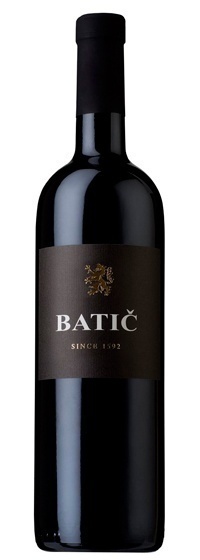
Red Wine , Organic
Cabernet Franc;
13%
2.5 g/l
5.52 g/l
Cabernet Franc;
13%
2.5 g/l
5.52 g/l
Most of the fruit comes from the 52 year old Jazbine vineyard. Formally planted to cherries, peaches, and pears, Ivan (Miha’s father), planted this vineyard with the sale from the aforementioned fruit. Heavy clay with the ubiquitous marl, it’s cool enough to also grow Welschriesling and Chardonnay here. After macerating for 10 days it then spends 24 months in barrel. Apart from topping barrels, nothing else was done until bottling. Phenomenal acid, a fine-grained texture, and a balance of fruity and savory flavors make this an elegant Slovenian twist on such an internationally known varietal.

Red Wine , Organic
Cabernet Franc;
12.7%
0.1 g/l
5.76 g/l
Cabernet Franc;
12.7%
0.1 g/l
5.76 g/l
Most of the fruit comes from the 52 year old Jazbine vineyard. Formally planted to cherries, peaches, and pears, Ivan (Miha’s father), planted this vineyard with the sale from the aforementioned fruit. Heavy clay with the ubiquitous marl, it’s cool enough to also grow Welschriesling and Chardonnay here. After macerating for 10 days it then spends 24 months in barrel. Apart from topping barrels, nothing else was done until bottling. Phenomenal acid, a fine-grained texture, and a balance of fruity and savory flavors make this an elegant Slovenian twist on such an internationally known varietal.

White Wine , Organic
Malvazija;
13.5%
2.9 g/l
4.99 g/l
Malvazija;
13.5%
2.9 g/l
4.99 g/l
We have a difficult time saying no to aromatic grapes with a little skin maceration and aging. Malvazija already has a relatively thin skin and very little tannins to speak of. In concert with biodynamic farming which allowed for longer time on the vine (more disease resistant), the 2018 spent 45 days on the skins in 36 hectoliter oak barrels. Despite this length of skin time, it’s not overtly tannic or drying, but
instead gets rounded, juicy and the aromatics are there, but not blowing everything out of balance. Miha barely considers it a macerated wine, but rather a Malvazija with more of a “mouthful.”

White Wine , Organic
Pinela; Rebula; Zelen;
14.7%
2.3 g/l
4.77 g/l
Pinela; Rebula; Zelen;
14.7%
2.3 g/l
4.77 g/l
Zaria translates to ‘dawn,’ and in this case, represents the new dawn of an ancient wine culture. The whole process from grape to bottle is also strongly connected to the phases of the moon. Each barrel is bottled unfiltered separately and without any added sulfur. This is a true orange wine with all of the varietals growing side by side in the same vineyard, picked together, spending close to a month of the skins in large open topped oak vats, and co-fermented until dry. This is a wine devoted to harmony.

White Wine , Organic
Pinela; Rebula; Zelen;
14.5%
0.4 g/l
4.83 g/l
Pinela; Rebula; Zelen;
14.5%
0.4 g/l
4.83 g/l
Zaria translates to ‘dawn,’ and in this case, represents the new dawn of an ancient wine culture. The whole process from grape to bottle is also strongly connected to the phases of the moon. Each barrel is bottled unfiltered separately and without any added sulfur. This is a true orange wine with all of the varietals growing side by side in the same vineyard, picked together, spending close to a month of the skins in large open topped oak vats, and co-fermented until dry. This is a wine devoted to harmony.